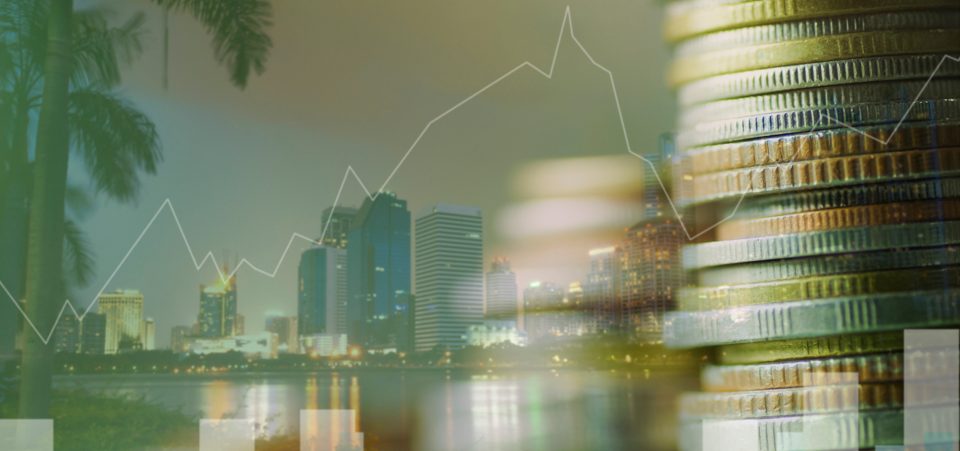When Is Trump Going to Deliver the Promised U.S. Economic Growth?
So, whatever happened to the nitrous oxide boost that was going to boost U.S. economic growth? Donald Trump won the presidency because he promised to erase unemployment and revive the American middle class thanks to sweeping tax cuts and other incentives to improve the U.S. economic forecast.
The International Monetary Fund (IMF), which—however wrong its prescriptions may have been—can always be counted on to gather valid statistics, suggests that it has vanished. The IMF has published its latest edition of its World Economic Outlook. The United States doesn’t look as well as one would have thought, given that the famous institution expects an economic slowdown. (Source: “IMF Sees U.S. as Fading Global Growth Engine,” Bloomberg, July 23, 2017.)
Also Read:
“Economic Crash 2017” and How Next Financial Crisis Could Be Worse than 2008
5 Signs of a U.S. Economic Collapse in 2017
The IMF simply says that the U.S. is no longer the global growth leader. China cannot fill America’s role…yet. China responds to demand from the West. When American and European demand declines, China’s GDP slows down. It has taken steps to change that situation, by adopting policies to stimulate more internal demand, but it will take some years before it can become a “complete” economy.
The IMF, meanwhile, has revised the economic growth rate and the U.S. GDP forecast for 2017. In fact, the IMF has implied that the next recession cannot be far away. There’s not much that Trump can do about this. Perhaps he can accuse and shout from the Oval Office balcony that the IMF is spreading fake news.
Trump, however, knows that if the results he promised don’t start coming, he won’t have a chance at 2020. Indeed, jobs, tax reform, and infrastructure reconstruction must begin in earnest. The risk is the next recession, which won’t be a small one. If people’s lives don’t start improving—materially, that is—Trump will start to feel pressure from his own base. These are the people who are not interested in “Russiagate,” true or not. But, they do care about their bank accounts and their portfolios.
Wall Street Has Been Riding the Bull for Nine Consecutive Years
Statistically, this means that the risk of a recession—or at the very least, a correction—is greater. The current Trump economy hasn’t even gotten off the ground yet, so it’s unlikely that it will fuel the bullish cycle for much longer.
Realistically, how much higher could the markets go? What has the Trump economy done so far? The answer to the second question is easy. Trump has merely made promises. But none of his proposals, from healthcare “reform” to lower income taxes, have left Americans better off now than they were last November. Yet, market capitalization has increased by some $4.5 trillion since 2017 started—according to Trump. Others dispute it, saying it’s only $2.5 trillion. (Source: “President Trump Claimed the Stock Market Has Added $4 Trillion in Value Since His Election. It Hasn’t,” Fortune, July 6, 2017.)
But it doesn’t matter. Stop for a moment and absorb that: whether it’s two or four trillion. This is somehow unbelievable, especially when compared to the value that shares saw at the end of 2008, in the midst of the financial crisis, culminating in the collapse of Lehman Brothers Holdings Inc. But it’s doubtful that the second half of 2017 will be as generous for the markets.
Market expectations for fiscal stimulus have also faded. Cuts on promised taxes haven’t been seen and likely will not be seen. The same goes for infrastructure investments. The Fed has already announced it would be less eager to raise rates.
That should worry Americans, because it means that the Fed fears the Trump economy is not going to boost growth and inflation. Besides, we cannot measure the economy’s performance by the Dow Jones alone. Most of the market gains benefit the usual one percent. Most of Trump’s voters won’t see a dime. Let’s hope they don’t get angry. If they do, take cover.






